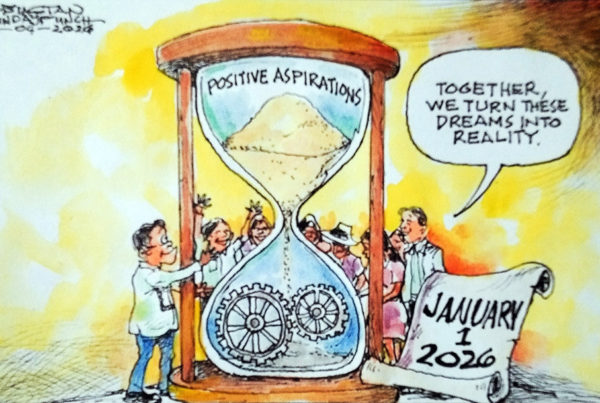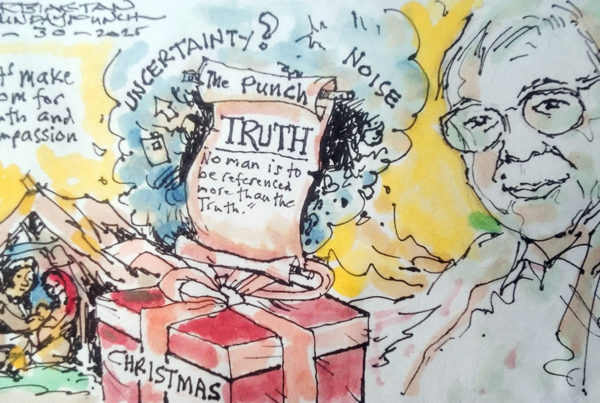Editorial
The rice battle
The rice crisis at the local level — here in Pangasinan which is one of the major rice producing provinces in the country — has now come to a face-off.
On one side of the battlefield is the government, represented by the National Bureau of Investigation and the National Food Authority. On the opposite side are the rice millers and traders who maintain the warehouses where the Filipino staple food is stocked.
The fight between the two groups can be summed up by the accompanying word war: “inspection” vs. “raid”.
The NBI and the NFA people assert that the regular “inspections” they have been conducting on warehouses since the rice crisis exploded are but standard operations sanctioned under the NFA’s visitorial rights as a monitoring agency. The government, they claim, is merely doing its job of ensuring that even in our free enterprise economy, opportunistic businessmen do not thrive by hoarding supply.
The rice millers, on the other hand, argue that the “raids” are plain harassment and merely a show put on by the government in the name of good publicity. They say that the “raids”, covered by the media, have been sending bad signals to their buyers, particularly in Manila, who now refuse to purchase their usual stock for fear of being implicated in the hoarding allegations.
With demand now lesser than the available supply, the millers have raised alarm signals over the sudden drop in palay price by almost P3.00 per kilo. This is a big blow not so much on the businessmen themselves but on the farmers who sell their output to the millers.
Engr. Rosendo So, a prominent businessman in the province and spokesman of the Rice Millers Association of Pangasinan, further extended the brewing issue by criticizing the government for aggravating the situation of the farmers instead of helping them.
He cited the NFA’s policy of continued importation of rice when there is more than enough local production to meet demand. He has a point. Why, indeed, should government continue to import when our farmers’ produce are just waiting to be bought at even lesser costs?
The battle is truly a thorny one.
Meanwhile, caught in the crossfire between the government and the businessmen are the two groups at the two ends of the rice spectrum: the farmers and the consumers.
Strange, indeed, how the farmers who till the soil to produce rice earn as minimal as P12 per kilo while the masses get market retail prices of up to P50 per kilo for this most basic of commodities. What happens in between that whole cycle could no doubt be characterized by varying levels of greed and dishonesty.










